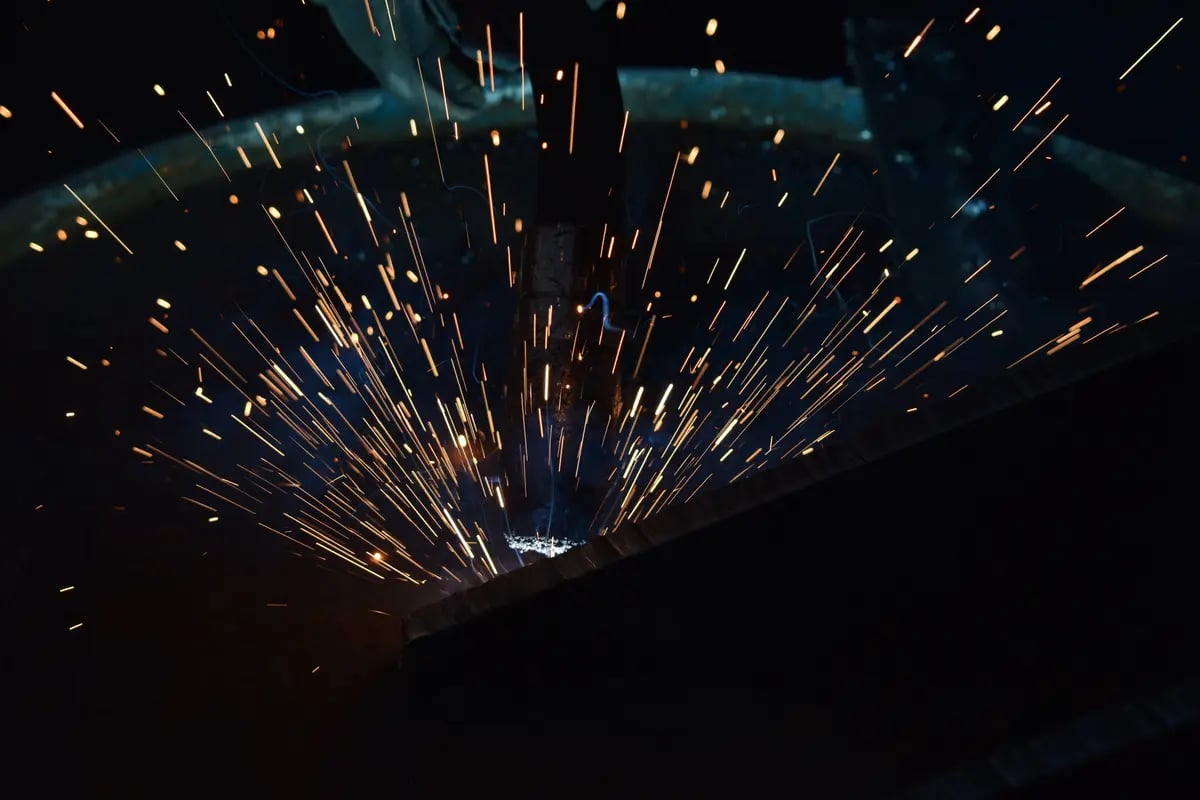In general, the industry reacts quicker to changes in the national economic situation compared to the national average. For example, investments in new innovations have historically hinted that the security aspect has not been as prioritized as cost reductions. However, compared to the national average, the industry has taken a step back when it comes to investments in innovations and instead increased its security investments dramatically in 2021.
Digitalization and outsourcing of service are also a question of security since it’s hard to know how information is being exposed online or in long and complex chains of subcontractors.
Download the report to see the chart that is presenting specific investment areas within the industry compared to Sweden as a nation.
